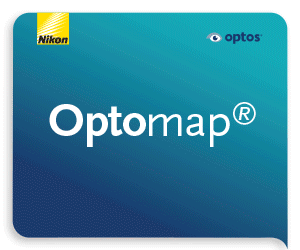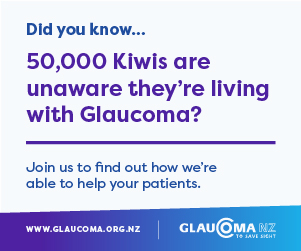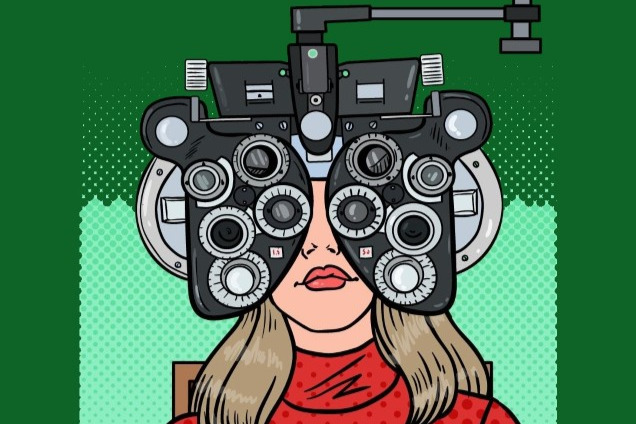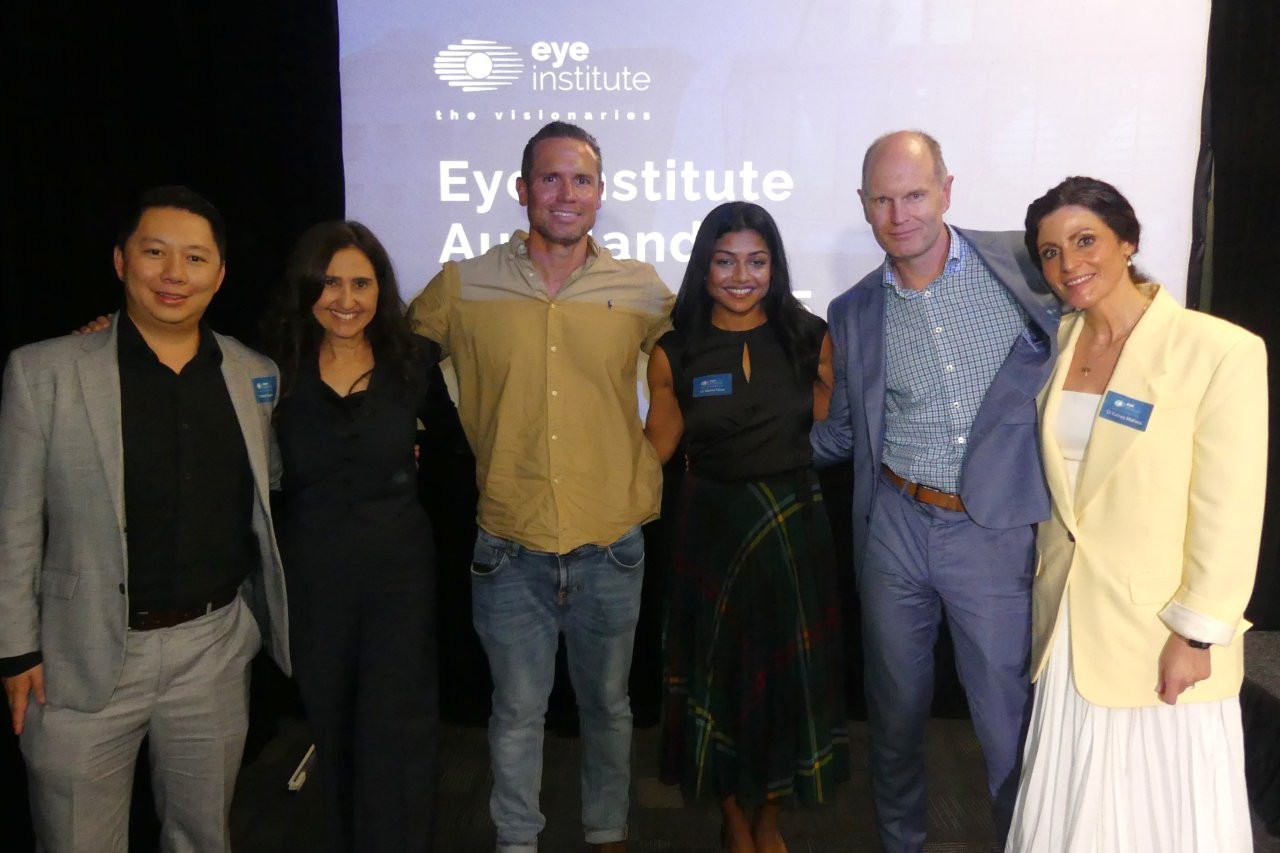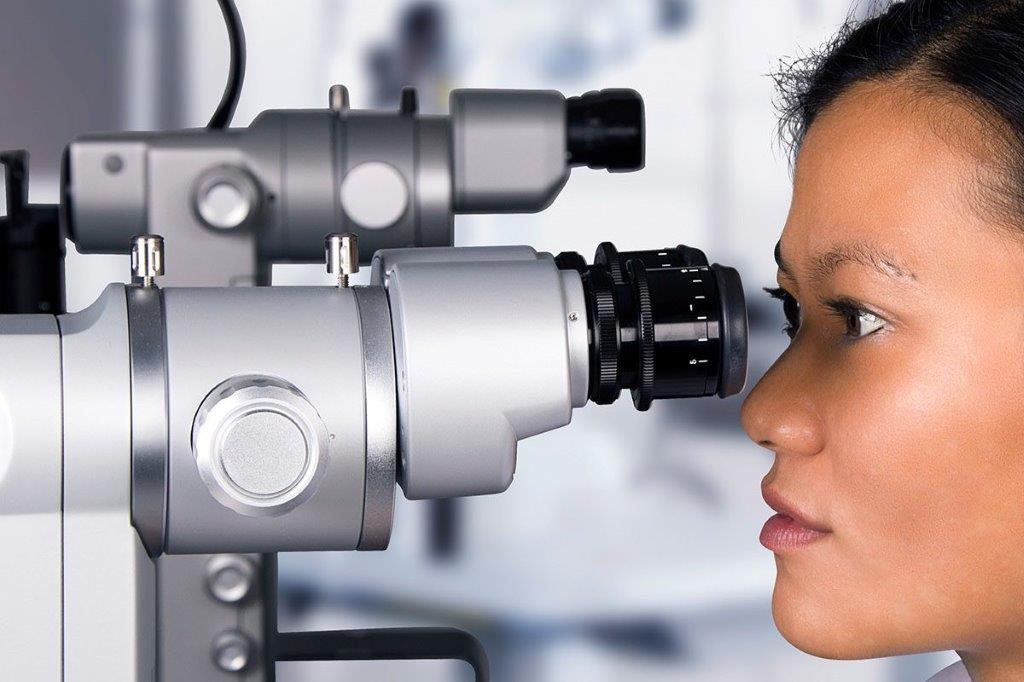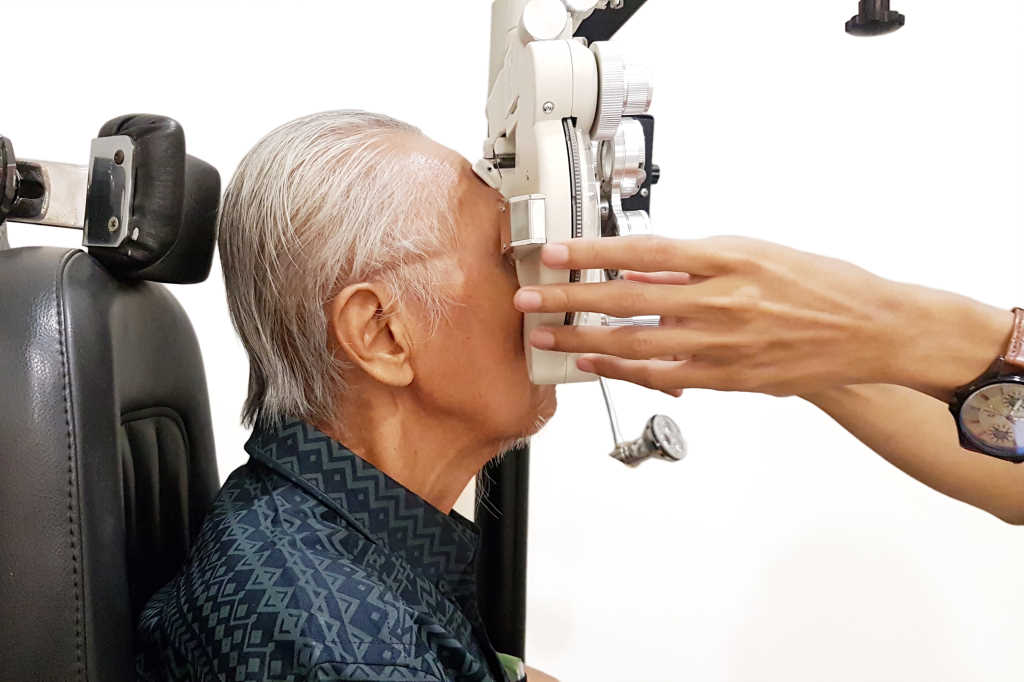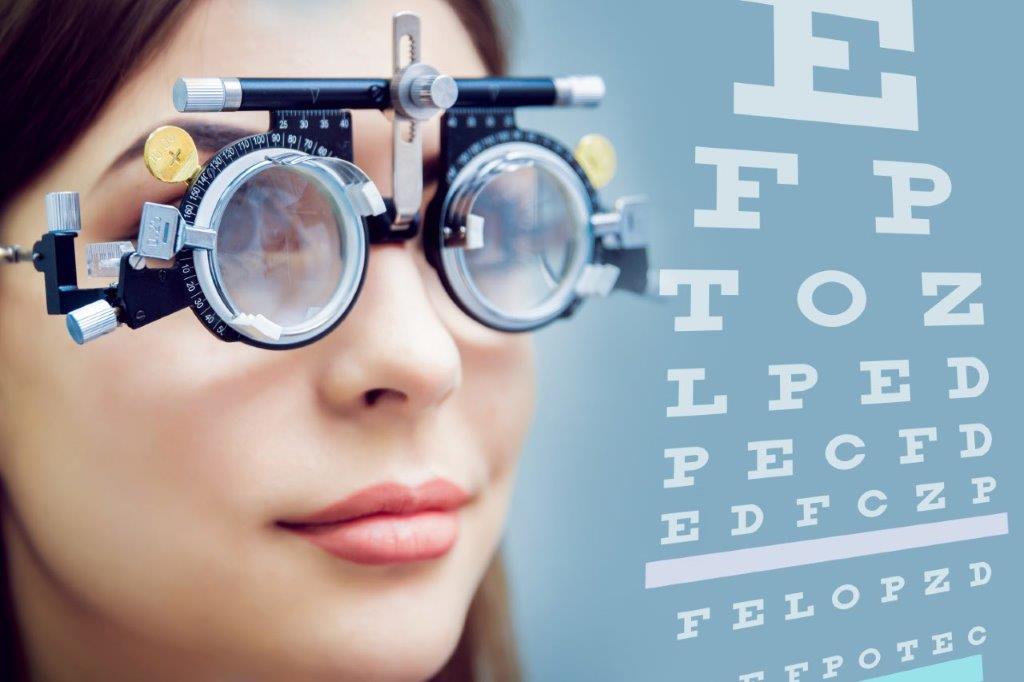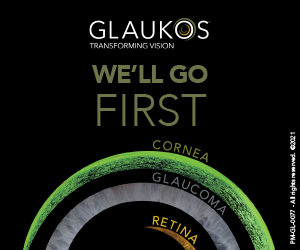Where’s the leadership, the advocacy optometry needs to survive?
A Chalkeyes column in the March 2025 issue of NZ Optics on advocacy for our profession clearly struck a chord! As someone who has practised optometry for many years, I’ve had a front-row seat to the evolving mood within our profession, gathering insights through countless conversations and my own professional journey. The issues raised aren’t new, but they are becoming more urgent.
In 2024, I conducted a survey with 259 participants, aged between 23 and 74 years. While the Optometrists and Dispensing Opticians Board’s (ODOB’s) annual mandatory workforce survey has greater participation, my independent survey offers more room for elaboration and, crucially, complete anonymity. This freedom allowed respondents to speak with honesty, free from fear of repercussions. The results are sobering.
More than 80% of the optometrists I surveyed anticipate a pessimistic future for the profession by 2034. That’s significantly higher than the ODOB’s findings – perhaps because mine offered a safer space to be candid. And the financial picture? It’s not just stagnant – it’s regressive. Every participant 45 years old and over reported earning less now than they did two decades ago. I include myself in that statistic. Consider this: the Contact Lens Subsidy for keratoconus hasn’t changed since the 1980s.
The erosion of our professional fees didn’t start yesterday. It’s been unfolding over many years and progressing even faster now as online retailers undercut traditional models. These e-businesses don’t carry the costs we do – rent, staffing, equipment, compliance and so forth. Yet we, as optometrists, are expected to maintain a gold standard of care, with significant investment in high-end equipment and a heavy CPD burden in the interests of patient safety.
Nearly 90% of respondents in my survey said they feel they are under immense pressure, including some of the younger cohort aged 23 to 35. All respondents reported stress related to potential audits and the broader burden of financial, mental and emotional liability that comes with simply doing our jobs.
One recurring concern was the toll of disciplinary processes. Respondents spoke of the anxiety created by the time lag between notification and hearing, and the emotional cost of navigating a process that many perceive as lacking impartiality. In such a small profession within a small country, conflicts of interest are inevitable unless disciplinary procedures are handled by a truly independent body. There’s also a clear call for the New Zealand Association of Optometrists (NZAO) to provide mental health support to members going through this process, at the very least for collegial solidarity.
Another striking finding was that 100% of optometrists over 40 years old reported they no longer enjoy optometry work as much as when they started out. Disillusionment runs deep, particularly in response to the recent arrival of a new optical business model that requires no qualified staff. This model sells glasses starting at $29, sometimes even giving away single-vision lenses for free. Consumers can upload prescriptions themselves and AI-assisted tools will soon be showing them how to mark up their own progressive lenses. Instructional content is shared freely by these new models via YouTube and social media. Newer models are also in the wings that will sell glasses and contact lenses even cheaper than current outlets and will incorporate even more automation, including AI, potentially side-stepping the need for an optometrist or dispensing optician altogether!
There’s collective disbelief that neither the Ministry of Health nor any regulatory authority has taken action. We are told this is because these new businesses aren’t registered and therefore fall outside the scope of oversight. Meanwhile, registered professionals are heavily constrained by regulations intended to protect the public. This double standard is stark – and the lack of resistance from our Association and Board when challenged by genuine practitioners has left many of us deeply frustrated.
This unregulated model has now opened a third store in the South Island, with more likely to follow. Many of us feel this expansion is being enabled by the passive stance of our profession’s key institutions.
Sustainable business model for optoms
The NZAO’s mission includes advocating for the future of our profession by advocating for us as primary healthcare practitioners. But this mission rings hollow when optometrists aren’t being compensated in line with their training and expertise and the technology and compliance we bring to each and every consultation. The ODOB also has future-proofing as part of it mission, but we are not currently on a sustainable path.
Australia is now experiencing an oversupply of graduates, with some regional areas still undersupplied but with many more entering the market than will be leaving over the next 10 years. This too is likely to lead to a further reduction in optometrists’ pay. In New Zealand, some regional areas are undersupplied, but Auckland is already saturated. About 60 new optometrists graduate each year in New Zealand, all eager to practise in a field they trained so hard to join. But some are already walking away, back to university to retrain in law, medicine or even IT. They too can foresee the erosion of the current business model, rendering it obsolete and reducing much of their clinical training to retail sales.
But here’s the good news: it’s not too late to turn things around. The majority of my survey respondents floated the idea of a 'consults-only' model – an optometry service that removes the retail arm. In this model, optometrists charge fairly for their clinical expertise and care, with glasses and contact lenses handled separately through retail channels. This approach values the considerable training behind every refraction. Some have even suggested introducing a fee for taking prescriptions elsewhere – a concept discussed as far back as a 2010 MiVision article, if not earlier. Other respondents suggest declining contact lens consultations unless they have been purchased from the practice.
So there’s a clear appetite to charge professional fees that reflect the training, accountability and liability we bear, even for honest mistakes. Therapeutic optometrists, in particular, should be paid at a higher rate given their added responsibilities and liabilities.
This isn’t a call for individual action, it’s a call for collective effort. We must stand together and that begins with the NZAO. Not all my respondents are current members, but there’s widespread agreement that the NZAO should lead these discussions and, if it did, it would almost certainly attract many new members. An anonymous poll conducted by the Association would be a powerful first step toward real advocacy and reform.
It’s time to galvanise. It’s time to push for a business model that supports a sustainable, valued and professional future for all optometrists in Aotearoa.

The views expressed by Chalkeyes are his or hers alone and not necessarily the views of NZ Optics. If you wish to comment on Chalkeyes’ views, please email a brief letter to the editor at info@nzoptics.co.nz for consideration. Letters may be edited for space, style, grammar and clarity.




